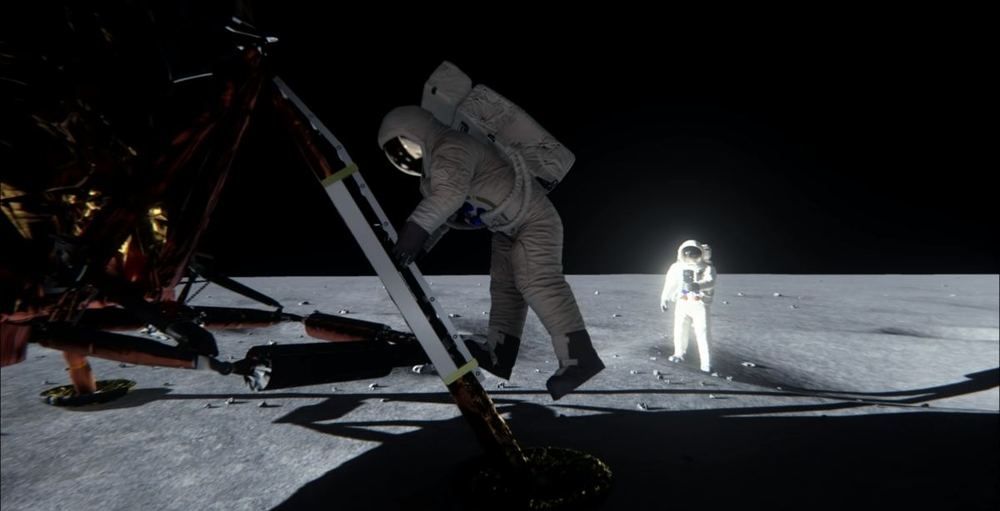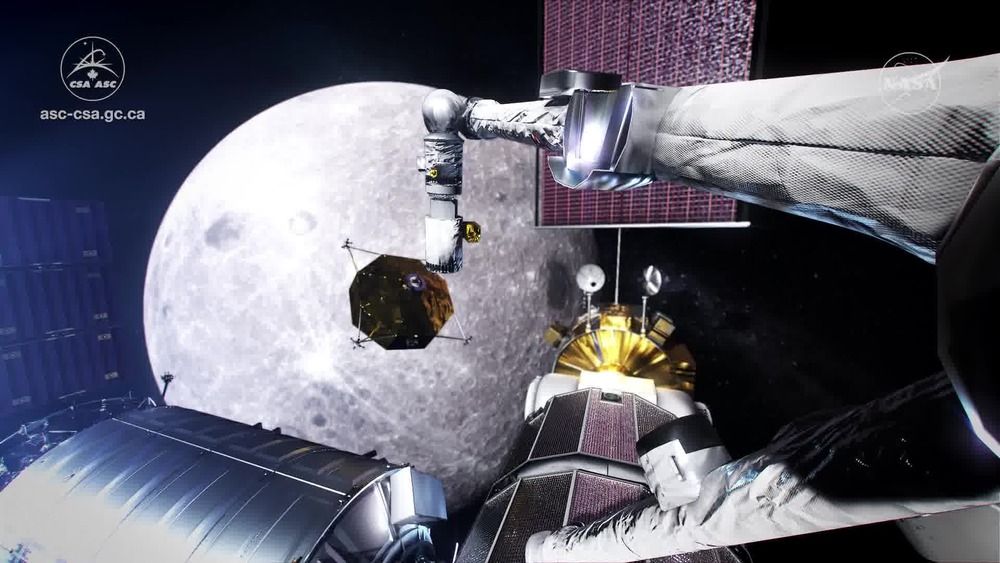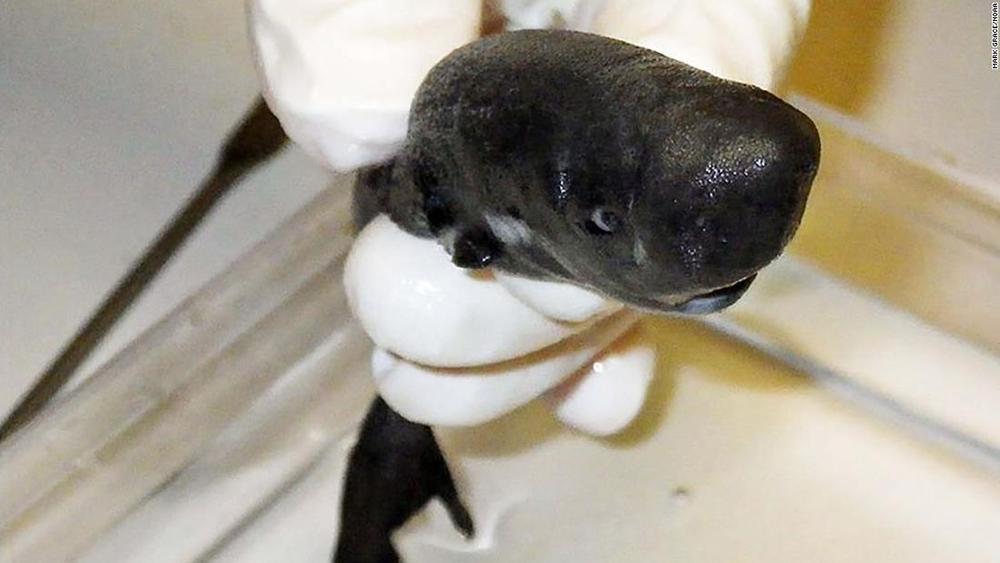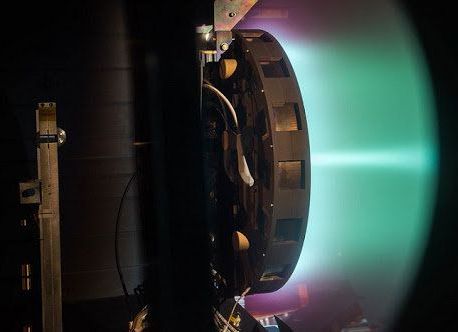Jul 22, 2019
Nividia GPU Proves Apollo 11 Moon Mission Wasn’t Fake!!
Posted by Michael Lance in categories: computing, space travel
The incredible power of the GPU! Next gen consoles are gonna be lit! 😍.
Half-a-century has passed since mankind first set its foot on the moon. And while NASA is preparing to send the first woman to the moon, some humans still believe that space exploration done by US-based agency NASA was nothing more than a fake moon mission.
Continue reading “Nividia GPU Proves Apollo 11 Moon Mission Wasn’t Fake!!” »


















